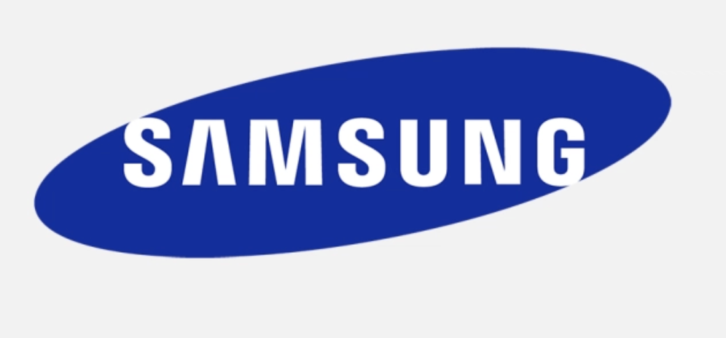
Samsung DID’s announcement that it is to cease production of all LCD displays by the end of 2020 presents the rest of the market with a great opportunity to capture some new business, Graham Cooke, market analysis at Futuresource, has told Installation.
Earlier this week, Samsung Display confirmed that it will cease all production of LCD panels in South Korea and China by the end of the year. The news followed an announcement in October 2019 that the firm was suspending one of its two LCD production lines due to dwindling demand for LCD panels. The company said it would invest 13.1 trillion won ($10.72 billion) in facilities and research to upgrade a production line, in a bid to combat oversupply amid low global demand for smartphones and TVs.
The investment for the next five years will now be focused on converting one of its South Korean LCD lines into a facility to mass produce more advanced “quantum dot” screens.
You may also be interested in:
- Samsung Display ceases LCD production
- Why the world needs cloud-based collaboration tools now more than ever
- The hygiene factor – keeping your AV equipment clean
While some may view the decision to cease production as a worrying sign for the LCD display market, Cooke explains to Installation that for the rest of the market there is now ample opportunity to seize upon new business…
What does Samsung Display’s decision to stop producing LCD displays mean for the rest of the market?
Initially, it will be a challenge for the rest of the market, as vendors who have relied on Samsung DID for production will quickly have to realign with other panel providers so sales are not disrupted too significantly. Likewise, vendors who are already aligned to other panel manufactures may find product is in high demand as other vendors use its suppliers, so there may be some shortages. However, once the dust has settled, it hopefully will not have too much impact on the rest of the market, as there is adequate capacity from the rest of the panel manufacturers (including LG Display, AUO, Innolux, Foxconn, BOE and China Star (CSOT)) to pick up the slack and keep a steady supply going.
Does the company’s departure from that market mark the demise of the LCD market?
It definitely does not mark the end for the LCD video wall market (or indeed the LCD market as a whole). The LCD video wall market was still a very significant 1.53 million units worldwide in 2019 (or 25 per cent of all professional LCD sales), and even with many challenges in the video wall space (most notably LED), the market is still expected to be at 1.48 million units in 2024. With vast production facilities in China coming online (through BOE and CSOT in particular), there is a lot of capacity that can fulfil this demand, without causing the market to drop drastically. These Chinese vendors have been offering product at significantly lower prices for some time, and this is one of the market dynamics that has accelerated Samsung DID’s departure from this space. There are huge opportunities for other panel providers, new players and established names, to win new business and potentially reinvigorate its own sales.
Will this speed up the uptake for LED displays?
Potentially yes, but there are also a lot of hurdles that LED needs to overcome before it can truly challenge the LCD space. Firstly, the cost. LED is significantly more expensive than LCD product, especially for the high resolution, low pixel pitch product. LCD is and will remain the value proposition. For many applications and verticals, the cheapest solution is LCD and there will remain a need for a cheap, effective solution. Also, the size of LED walls to achieve comparable resolutions are large, making this an option that is not suitable for smaller spaces and those where space is of a premium (like a shop for example). Finally, for many use cases, LCD video walls (and for that matter standalone LCD too), are more than good enough. For areas where the viewing distance is large, the benefits of LED are not as relevant. Having said all this, some vendors may take this opportunity to reassess its LCD offerings and transition some product ranges to LED at this point instead of moving to a new panel provider. However, the challenges listed above may mean they stay with LCD for at least the time being.
Where do the greatest opportunities for other LCD manufacturers lie?
With Samsung DID withdrawing, there is significant business to be won. Other LCD panel providers who may also have been considering options now may decide to play a longer game and see if they can sweep up some of Samsung DID’s business and consolidate its position in the market. For panel manufacturers who already produce 46” video wall products for example, this is a great opportunity to win this business, as many other panel providers focus on 47 or 49” screen sizes. Whilst this 46” screen size is a small part of the market at around 10 per cent of all sales, it should not be ignored as many vendors still carry this product in its ranges. Being the most cost effective solution at this time is going to be essential to win this business.







